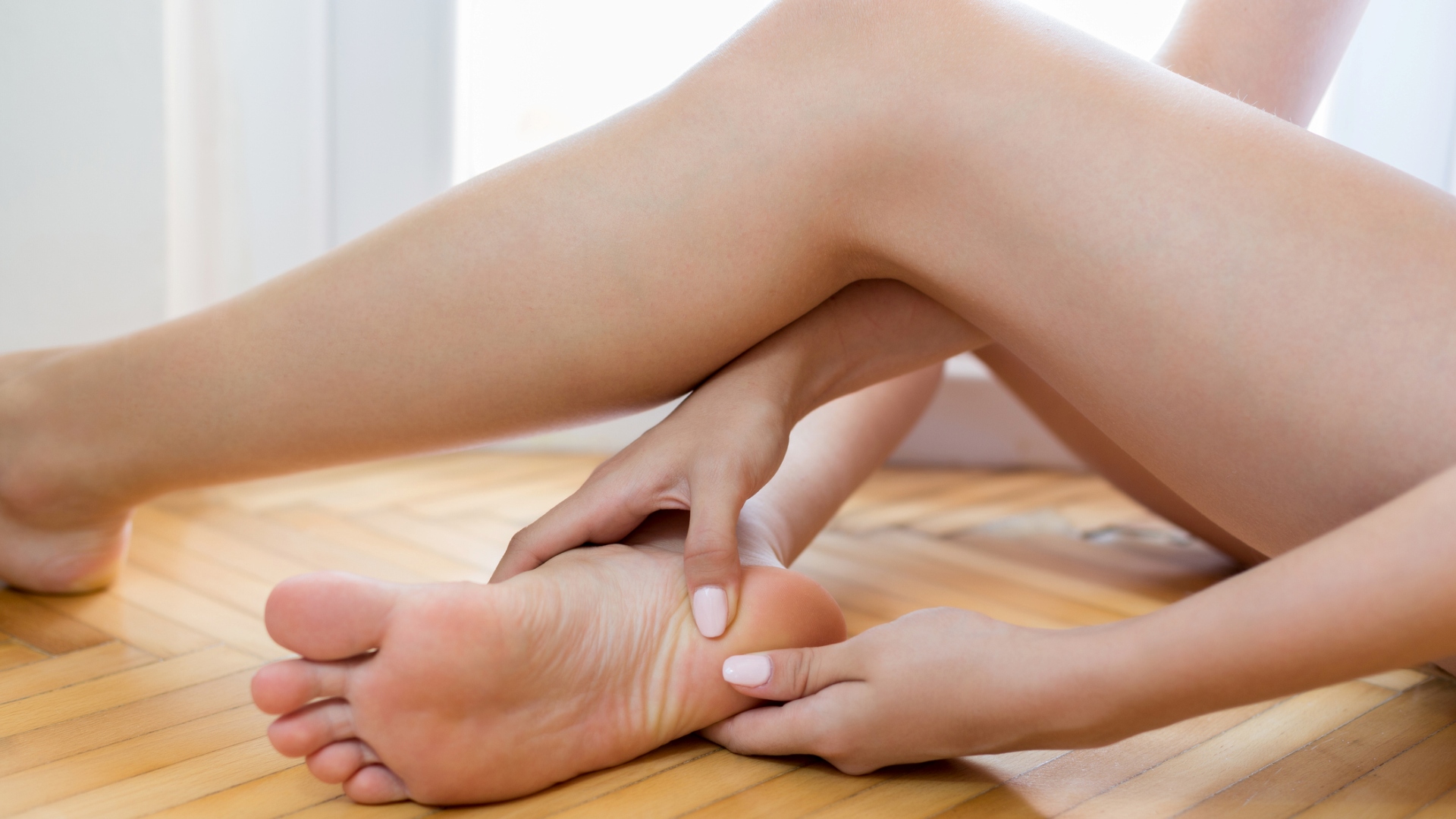Amputations And Foot Care For Diabetics – Diabetes can be particularly damaging to your feet, so if you are diabetic, take special care to keep them healthy. There are an estimated 30.3 million people with diabetes in the United States, with approximately 7.2 million individuals not aware they have the disease.
Uncontrolled diabetes poses a major threat to vital organs and other body tissues, which heal more slowly because of the disease. Diabetes is the inability to manufacture or properly use insulin, impairing the body’s ability to regulate sugar (glucose) levels which provide energy to cells and tissues throughout the body.
Therefore, it is a disease that affects many parts of the body and is associated with serious complications such as heart disease, stroke, blindness, kidney failure and lower limb amputations.
The leading cause of hospitalization among people with diabetes is foot ulcers and infections, but most of those problems are largely preventable.
More than 60 percent of all nontraumatic lower-limb amputations worldwide are related to complications from the disease, according to the American Diabetes Association. For that reason, the Michigan Podiatric Medical Association (MPMA) has tips to help diabetic patients take better care of their feet.
RELATED: Diabetes Drug Metformin Might Be Harmful
“While is it extremely important for those with diabetes to receive regular foot exams by a podiatrist, keeping feet healthy to remain active can often prevent one from developing Type 2
diabetes,” says Jodie Sengstock, DPM, MPMA director of professional relations. “Our feet are our foundation. Keeping them healthy improves quality of life.”
While there is no cure for diabetes, patients can live with it well. A person with diabetes may enjoy a full and active life with proper diet, exercise, medical care and careful management at home. Managing and treating the disease requires a team of specialists including a primary care physician, endocrinologist, ophthalmologist, dentist, vascular surgeon and podiatrist.
Podiatrists are trained to treat foot conditions that can be caused by diabetes, such as: neuropathy, infection and ulcers. While ulcers — open sores — are the most common diabetes-related foot problem, several others are also serious and prevalent, including neuropathy (pain or numbness), skin changes, poor circulation and infection.
The nerve damage that diabetes causes may mean a person with an ulcer or injury may be unaware of it until it becomes infected. Regular care from a podiatrist can reduce amputation rates up to 80 percent, according to research of the American Podiatric Medical Association.
Here are some tips for home management:
-
- People with diabetes should inspect their feet daily and look vigilantly for signs of ulcers, including irritation, redness, cracked or dry skin — especially around the heels — or body fluid, such as blood, on their socks.
- Discuss diabetes and the risks with family members. Diabetes can be hereditary, so talk to family members about monitoring blood sugar and foot health.
- Never go barefoot. Always protect feet with the proper footwear and make sure socks and shoes are comfortable and fit well.
- Trim toenails straight across, and never cut the cuticles. Seek immediate treatment for ingrown toenails, as they can lead to serious infection.
- Never try to remove calluses, corns or warts by yourself. Over-the-counter products can burn the skin and cause irreparable damage to the foot
- Exercise. Walking can keep weight down and improve circulation. Be sure to wear appropriate athletic shoes.
- Keep feet elevated while sitting.
- Wear thick, soft socks. Avoid socks with seams, which can rub and cause blisters or other skin injuries.
- Have new shoes properly measured and fitted. Foot size and shape often changes over time.
- Shoes that fit properly should not rub or cause irritation.
- Wiggle toes and move feet and ankles up and down for five-minute sessions throughout the day.
- Visit an MPMA podiatrist regularly — at least two times per year — to avoid unnecessary complications





